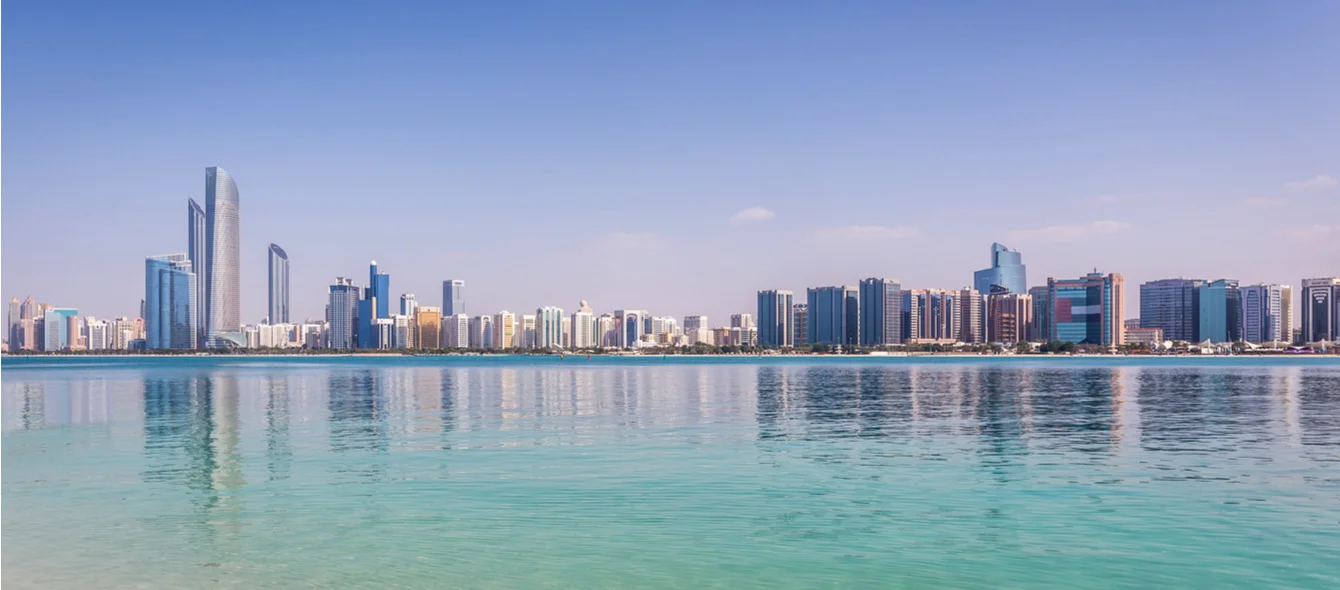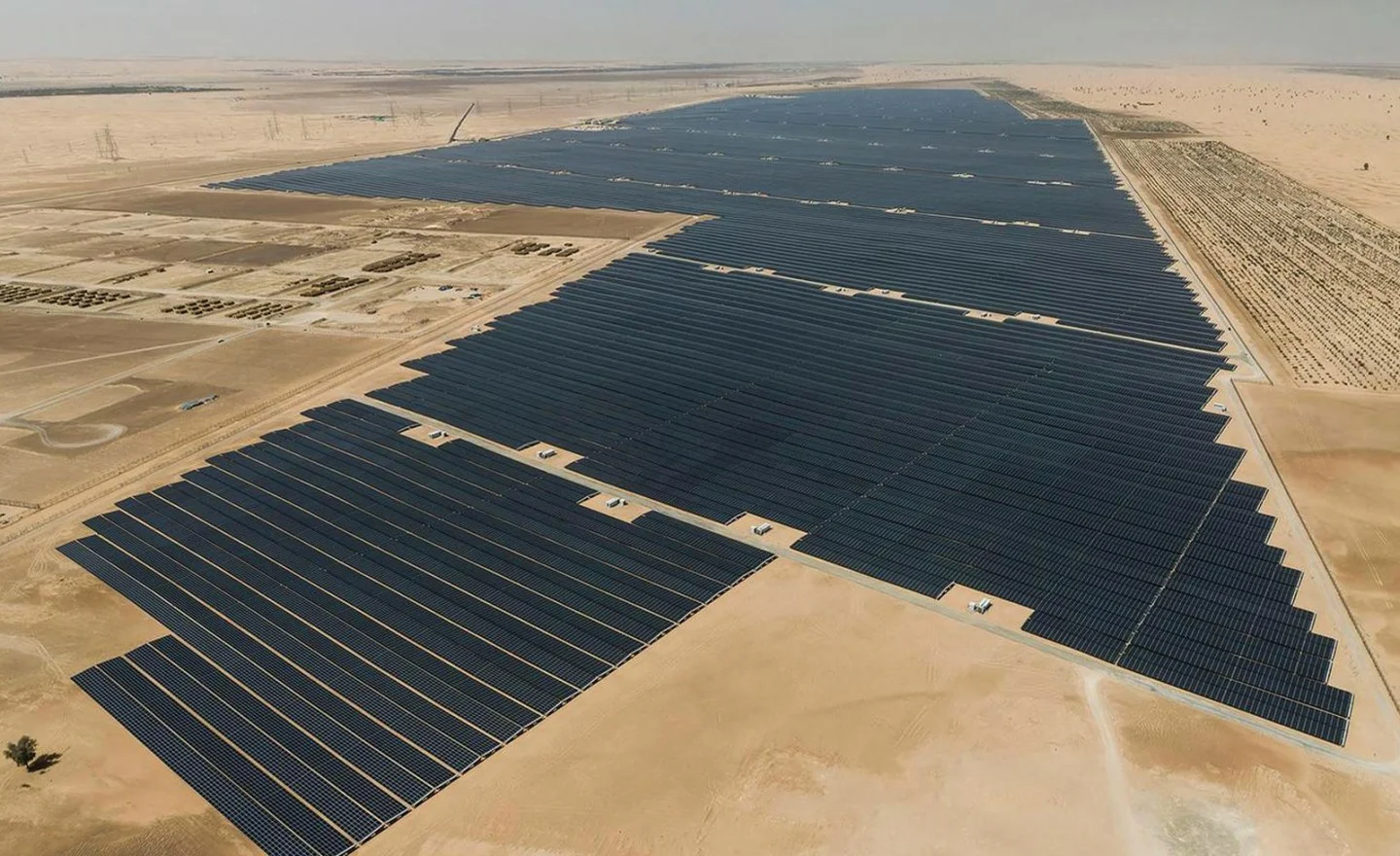According to the International Energy Agency (IEA), five of the ten countries with the highest per capita CO2 emissions in 2017 were located in Arabia: Qatar led the field with 30.4 metric tons of CO2 per capita per year (mt CO2/capita), while the Saudis ranked seventh with 16.2 mt CO2. For some context: The British average is 5.4 mt CO2 per year.
The IEA’s energy atlas is based on emissions resulting from the combustion of fossil fuels such as oil, natural gas and coal. Consumption-based emissions are not included. In this way, greenhouse gases emitted during the production of goods are attributed to the consumer, not to the producer. But no matter how you try and spin it, the resulting carbon footprint never works out too well for the Gulf States.
Ranking of countries with the highest CO2 emissions
The data refer to the annual CO2 emissions per capita in tonnes (source: IEA).The reason behind the Gulf States’ high carbon dioxide emissions is that they produce large quantities of oil and gas in relation to the size of their population and then use these fossil fuels to support their power-guzzling lifestyles. This insatiable hunger for energy is driven, for example, by air conditioning systems, desalination plants and a throng of SUVs.
On the Arabian Peninsula, green is a colour traditionally connotated with Islam. But now the rulers are becoming more and more intrigued by the western association with the verdant hue: sustainability and renewable energy.
Largest solar farm in the world in Abu Dhabi
In Abu Dhabi, the largest of the seven United Arab Emirates (UAE), the world’s largest photovoltaic plant went into operation in mid-2019. A total of 3.2 million solar modules with an aggregate output of 1.2 gigawatts (GW) spread across eight square kilometres – an area six times the size of London’s Hyde Park.
The electricity from Noor Abu Dhabi is to supply 90,000 locals with electricity. For some context: RWE’s nuclear power plant in Emsland supplies 1.4 GW of electricity to around 3.5 million households. Although it is of course worth noting that a nuclear power station produces electricity almost 24 hours a day, 365 days a year, while a PV array is dependent on sunshine. However, according to the TechSpot online portal, the Californian PV power plant in Rosamond supplies 220,000 households with its output of around 570 megawatts (MW). One reason for the Emirates’ high CO2 emissions is their high electricity consumption.
Emirates want to combine renewables with energy efficiency
However, according to the UAE government, this will still help the Emirate’s CO2 bottom line: The Noor PV solar farm is expected to save one million metric tons of CO2 or equivalent emissions annually, which roughly equals the emissions of 200,000 cars, and it won’t be a lone ranger for long. According to Handelsblatt, the UAE wants to invest 163 billion US dollars in renewable energy sources by 2050, bringing their share of the energy mix up to 50 percent. Dubai, where a 5 GW solar farm is slated for commissioning by 2030, has even gone as far as to set its sights on a 75 percent share.
"Noor Abu Dhabi" - The largest solar plant in the world
In addition, the UAE wants to improve its energy efficiency by 40 percent by 2050. With an average annual per-capita electricity consumption of 13.1 megawatt hours (MWh), this would be a worthy undertaking. This figure is about twice the annual consumption of the Germans (7), the Dutch (6.7) and the British (5). A project in Dubai is already demonstrating how this could work: Thanks to Siemens’ digital energy-saving technology, the airport there is expected to consume 20 percent less energy in the future.
Saudi Arabia’s twelve-year plan
But the Emirates are not the only ones on the Arabian Peninsula that want to reduce their CO2 emissions. Just last year, Saudi Arabia put forward a twelve-year plan. By 2030, the country wants to build 58.7 GW of renewable power generation capacity. In 2019 alone, solar and wind power plants with around 3.1 GW are to be put out to tender.
The 300 MW Sakaka solar farm and the Dumat Al-Jandal wind farm, which will generate electricity for 70,000 homes from 2022 with a capacity of 500 MW, are among the Emirate’s lighthouse projects. According to the Saudi Ministry of Energy, at the time the tenders for both projects set global price records.
This would mean that Dumat Al-Jandal would supply the cheapest onshore wind power in the EMEA region, i.e. the economic area between Spitsbergen and Johannesburg, at 2.13 US cents per kWh; while the Sakaka solar farm, at 2.32 US cents, would manage to beat the world record for the cheapest PV kilowatt hour (kWh) in the world.
The other states in the region are now also turning their attention to the issue, reports the online portal Creamers Media’s Engineering News’, albeit with very different targets: Oman, for example, aims to reduce emissions by two percent by 2030, while Bahrain aims to reduce its energy consumption by 60 percent by 2025.

